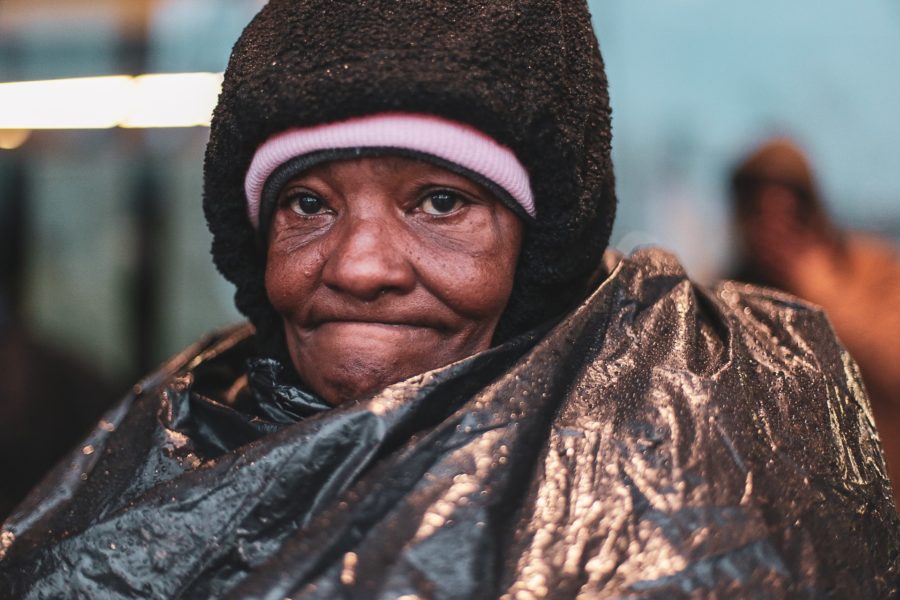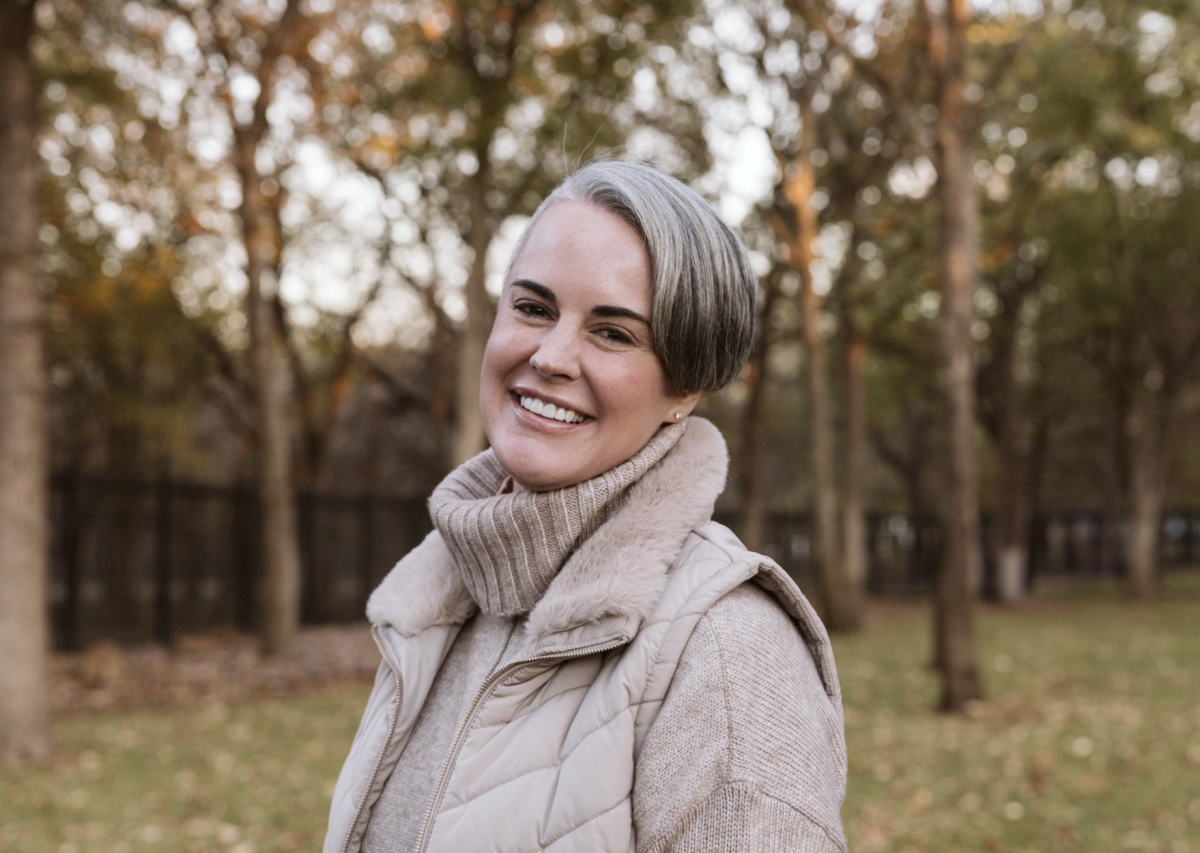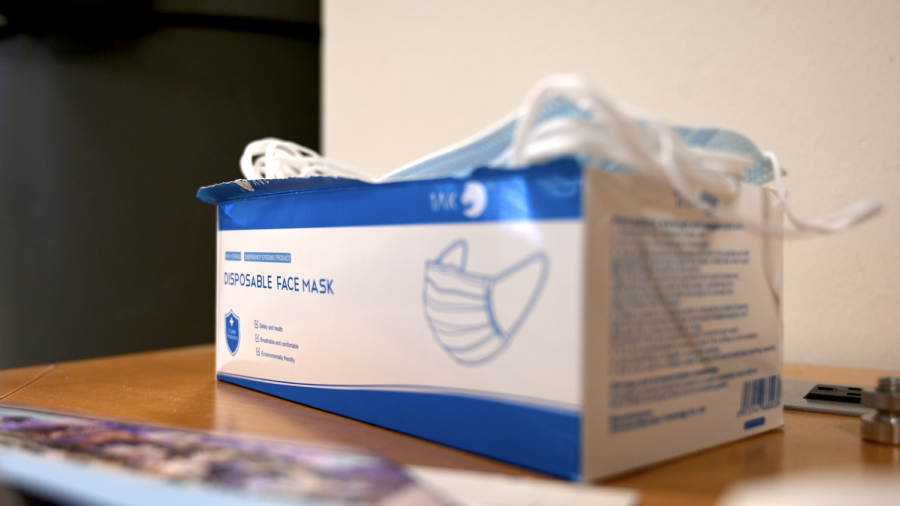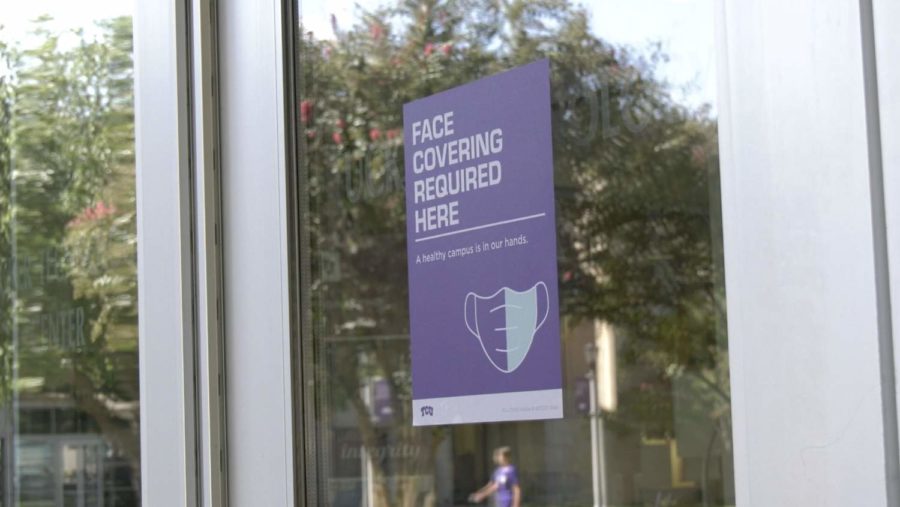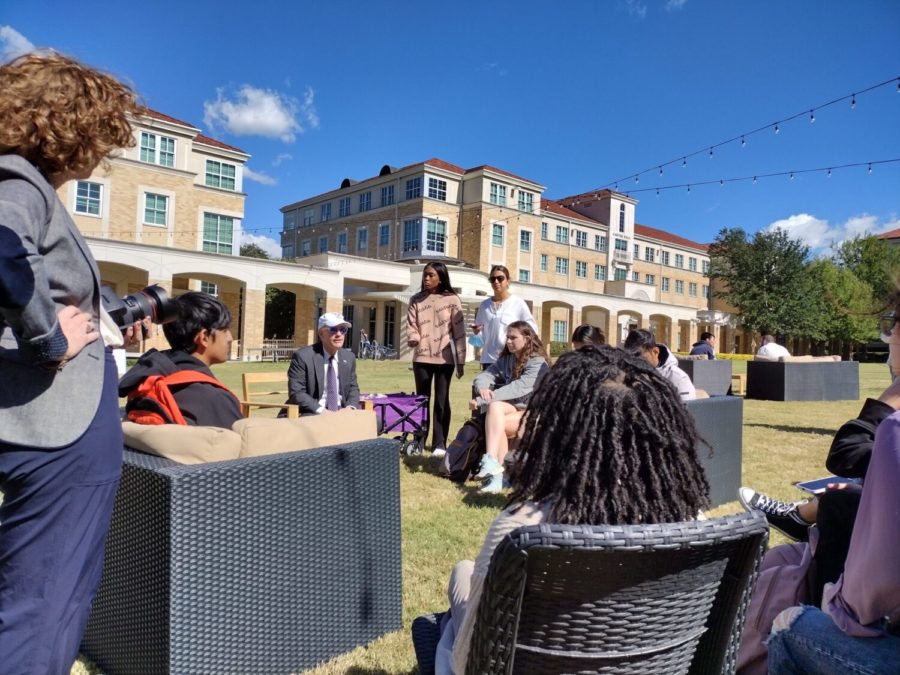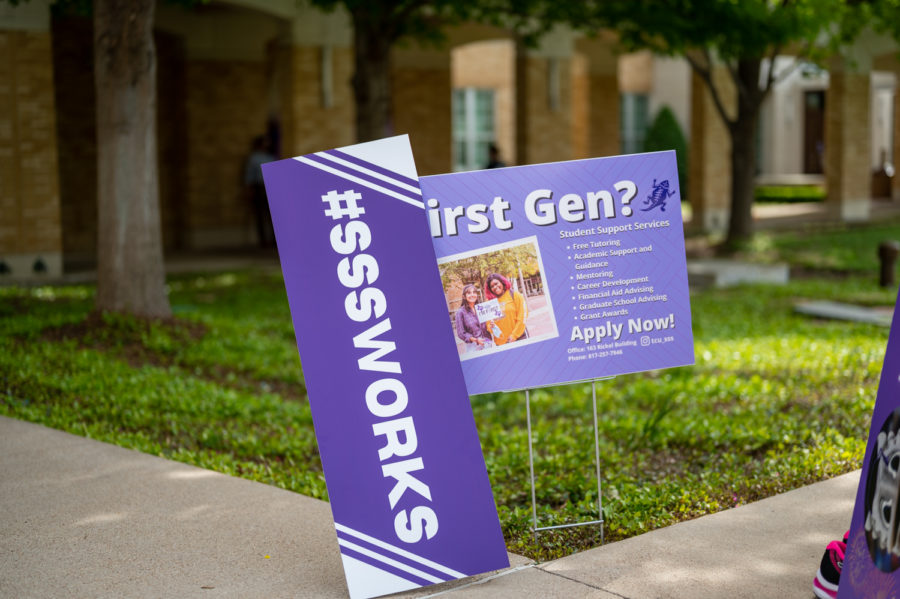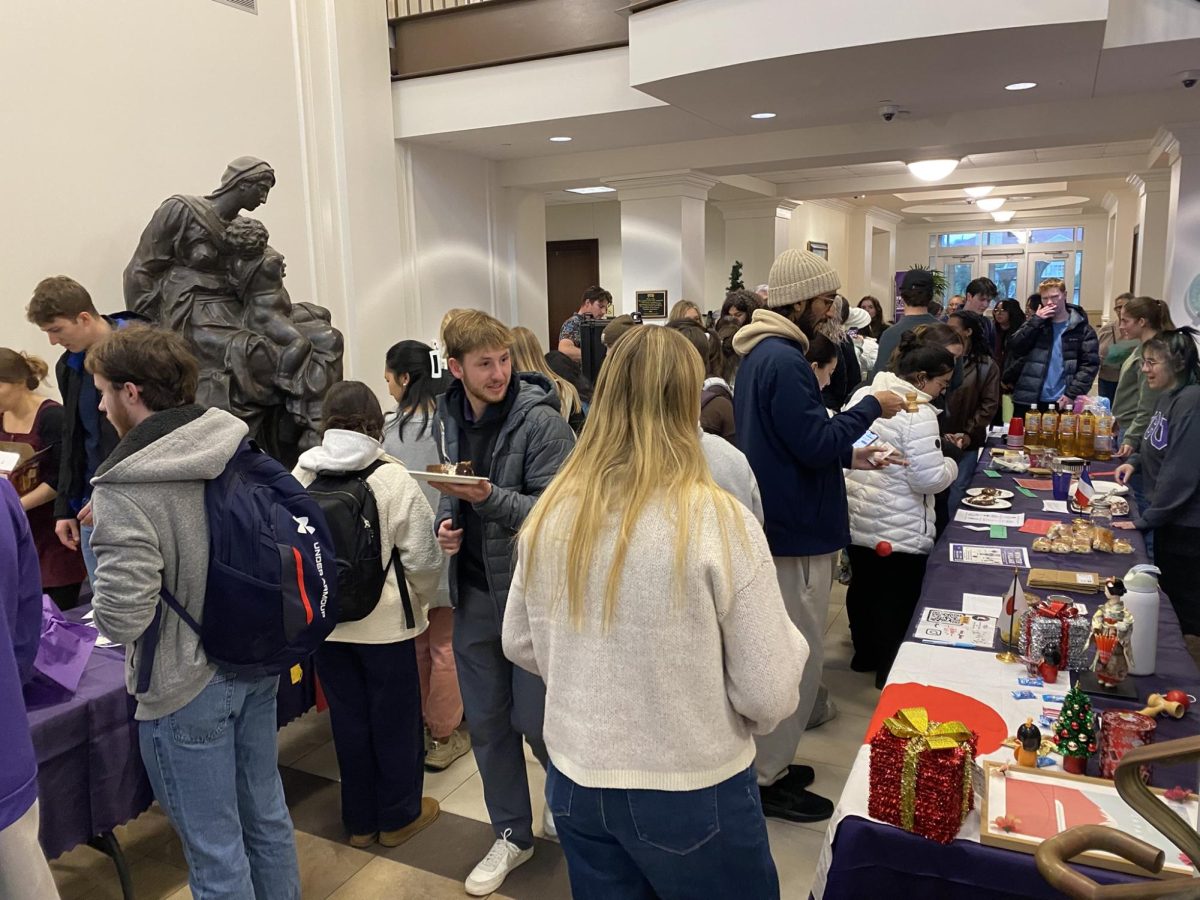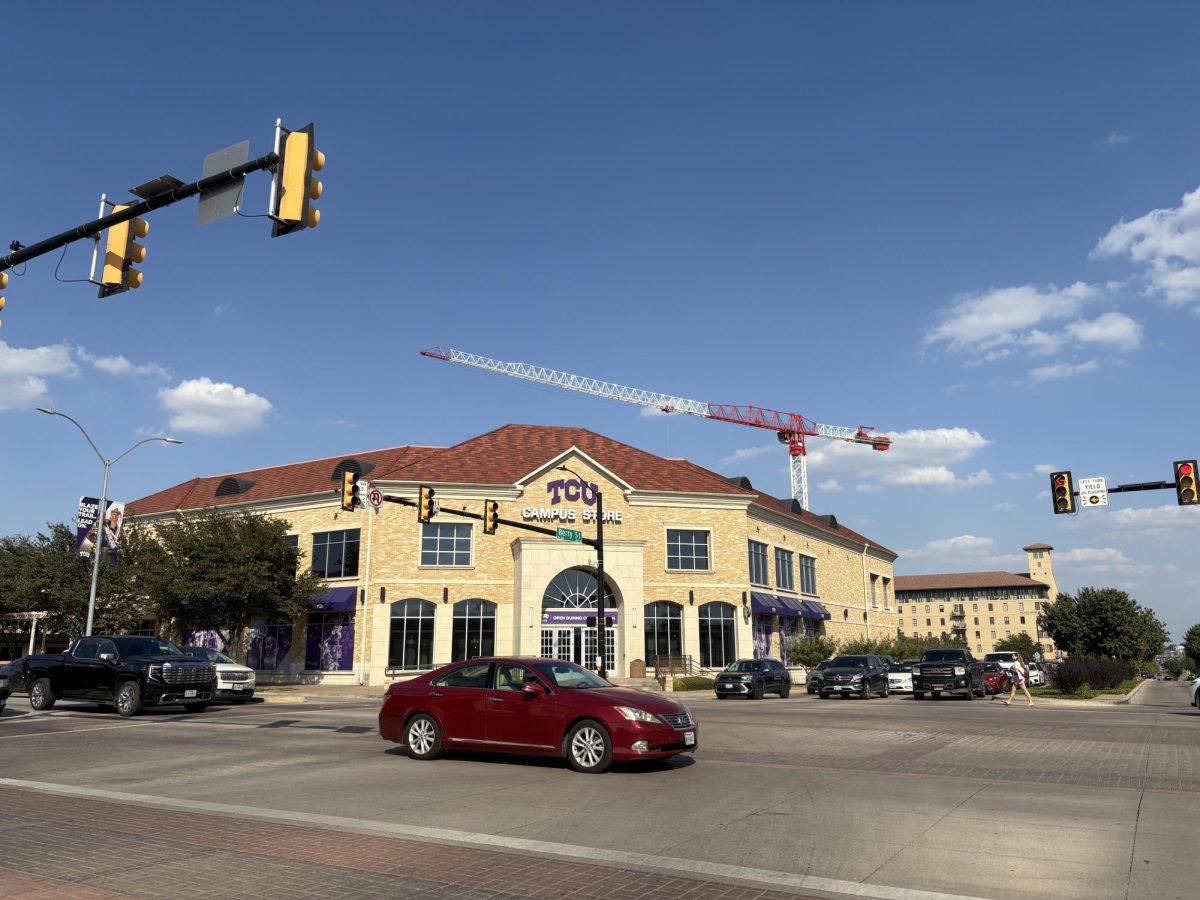Categories:
Tarrant County emergency shelters prepare for cold weather with reduced capacity
Published Nov 24, 2020
Imogene goes to Presbyterian Night Shelter to get out of the cold. During the day, she uses True Worth, Presbyterian Night Shelter’s daytime facility. Photo: Presbyterian Night Shelter, Jenny Spencer
More to Discover

